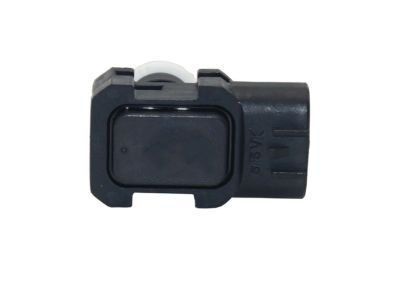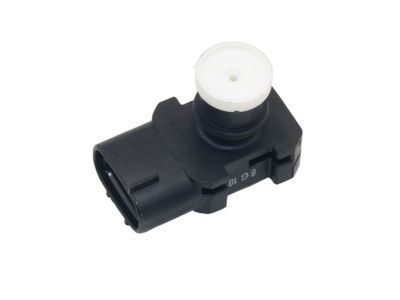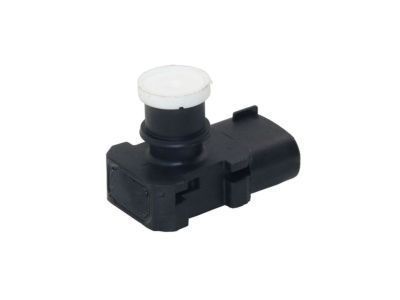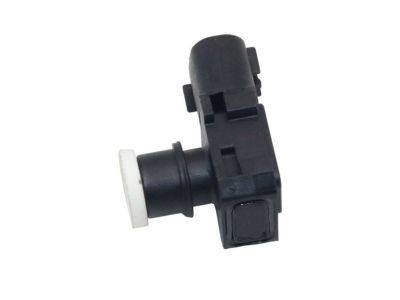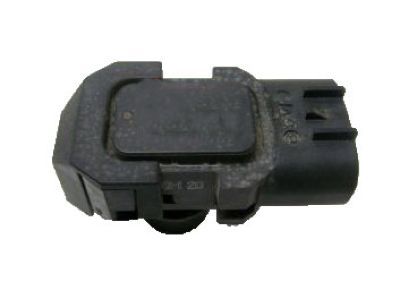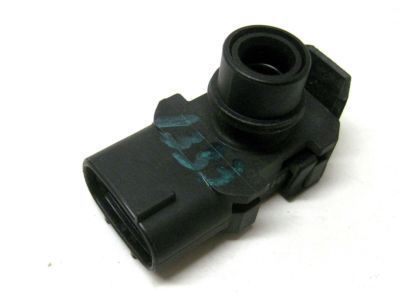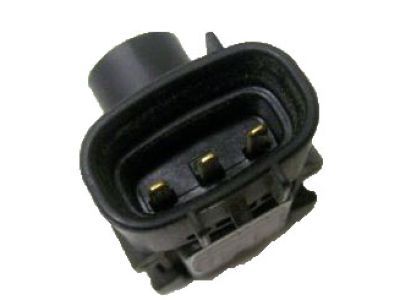

My Garage
My Account
Cart
Genuine Toyota Sienna Vapor Pressure Sensor
Fuel Vapor Pressure Sensor- Select Vehicle by Model
- Select Vehicle by VIN
Select Vehicle by Model
orMake
Model
Year
Select Vehicle by VIN
For the most accurate results, select vehicle by your VIN (Vehicle Identification Number).
3 Vapor Pressure Sensors found
Toyota Sienna Sensor Assy, Vapor Pressure
Part Number: 89461-0C010$271.43 MSRP: $389.21You Save: $117.78 (31%)Ships in 1-3 Business DaysToyota Sienna Sensor, Vapor Pressure
Part Number: 89461-48020$205.54 MSRP: $294.72You Save: $89.18 (31%)Ships in 1-3 Business DaysToyota Sienna Sensor Assy, Vapor Pressure
Part Number: 89460-08020$203.80 MSRP: $292.23You Save: $88.43 (31%)Ships in 1-3 Business Days
Toyota Sienna Vapor Pressure Sensor
If you are in demand for superior quality and affordable OEM Toyota Sienna Vapor Pressure Sensor, then shop with us! We own a wide range of the reduced-priced genuine Toyota Sienna Vapor Pressure Sensor. You can purchase in confidence as all parts come with a manufacturer's warranty. Any issues with our products? No need to worry as we have a hassle-free return policy to guide you every step of the way.
Toyota Sienna Vapor Pressure Sensor Parts Questions & Experts Answers
- Q: How to check and replace Vapor Canister and Vapor Pressure Sensor on Toyota Sienna?A:The fuel EVAP system is responsible for controlling the evaporation of the fuel and in particular, it collects the fumes and expels them to the car's intake manifold where they are introduced in the flow of air-fuel mixture. The charcoal canister was situated in the engine compartment if the vehicle was produced starting from 1998 and till 2000 or at the rear part of the vehicle behind the fuel tank if it was produced starting from 2001. The system employs a canister, which has activated charcoal, that has the function to absorb the vapors, while the other part that is the fuel filler cap has a two-way valve to vent the vapors in case of failure. When the ignition is off, fumes are directed through conduits to the canister and it retains them. When the engine is on and the temperature is attained, a vacuum switching valve or VSV is acted upon, which permits the vapors to be pulled into the intake manifold for combustion. A vapor pressure sensor measures pressure in the tank; opens a VSV when pressure rises to a given level. Hoses should be first checked whether there are problems with the disconnection or damages since they are among the major causes of problems. Some checkups to be done on the canister include leak and damage tests, depending on whether the car belongs to the 1998 to 2000 and 2001 and later models to guarantee functionality. The VSVs of the respective components must be checked for resistance and continuity and procedures on how to remove and install them. The voltage at the input of the vapor pressure sensor should be normally measured to maintain the specific voltage ranges depending on the type of the model. Any of these that fail the tests should be replaced and installations done in the reverse way to the removal.
Related Toyota Sienna Parts
Browse by Year
2024 Vapor Pressure Sensor 2023 Vapor Pressure Sensor 2022 Vapor Pressure Sensor 2021 Vapor Pressure Sensor 2007 Vapor Pressure Sensor 2006 Vapor Pressure Sensor 2005 Vapor Pressure Sensor 2004 Vapor Pressure Sensor 2003 Vapor Pressure Sensor 2002 Vapor Pressure Sensor 2001 Vapor Pressure Sensor 2000 Vapor Pressure Sensor 1999 Vapor Pressure Sensor 1998 Vapor Pressure Sensor
